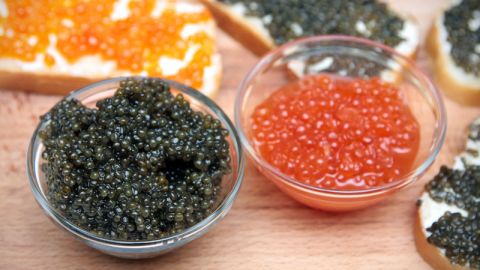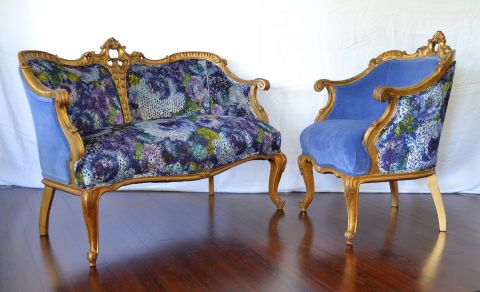Ancient American medicine
2019-01-11 07:24:00
As well it should be, perhaps, for the tribes of North America all believed one thing in common, that we are all at one with every other living thing in the sky and earth, and the elements are here for us to draw on their strength and cure disease, if only we would stand still long enough to listen. We are talking about medical practices over 40,000 years old. Traditions, cures, dances and remedies handed down through orally within a family and tribe.
It is an interesting fact that the Native American Medicine tradition was going on around the same time as TCM ( Traditional Chinese Medicine) on the other side of the world, and that both these traditions of practicing medicine are similar to Ayurveda ( medicine from India), in yet another part of the world.

All are based on the same beliefs-that your lifestyle and natural setting be taken into consideration before a specific type of treatment is recommended. Balance is the goal when achieving perfect health and emotional spirit. The subtle differences in the practice of such medicine are that cures and herbs are specific to the regions and the types of indigenous plants that are used.
These plants are believed to have their own spirits and therefore their individual intelligence, so that the plants are often consulted as to how best to help the patient. The plants are asked for permission to harvest them, and then gratitude is shown after the harvest, a practice which also can be found in ancient Celtic cultures. In Wales, pieces of copper or other metal were buried near the plant or under the tree from which the bark, root, or leaves had been harvested, in North American Medicine; tobacco is often used as an offering of gratitude. After these medicinal plants are harvested, they are applied in conjunction with chants, prayers, and dances to increase their power and to ask the spirits to help with the healing process.
A purification procedure is used before and after the healing session; smudging is to burn an herb and let the smoke wash over you and the room in which the treatment will be/was preformed. Healers smudge between each session to purify and cleanse them and to release ant energy they might have gathered from the sick patient.
Sage and cedar drive away the negative energy, like the energy released with the pain from a sick person, or the negative energy the healer has picked up as a result of taking the pain from the patient and into them. Far from the cooking spice, sage grows wild in many dry parts of North America, especially in the Southwest, but it can be found as far north as Eastern Washington State. Cedars has great healing and soothing powers, but if you burn it, make sure all of the smoke has dissipated before you enter the room, it is also poisonous. Sweet grass invites positive and happy spirits to join the healing circle, and they like something sweet to be placed in a corner of the room to snack on during the session. They love singing accompanied by the sound of drums and rattles.
The session will likely include some acupressure (uses the fingertips rather than needles), massage, and/or therapeutic touch. The laying on of the healer's hands is very calming and is used to soothe the patient as well as define where the pain is radiating from. Pain radiates heat, and the seasoned healer can feel this coming off the patient in much the same way a mother puts her hand on a sick child's forehead to feel for fever.












